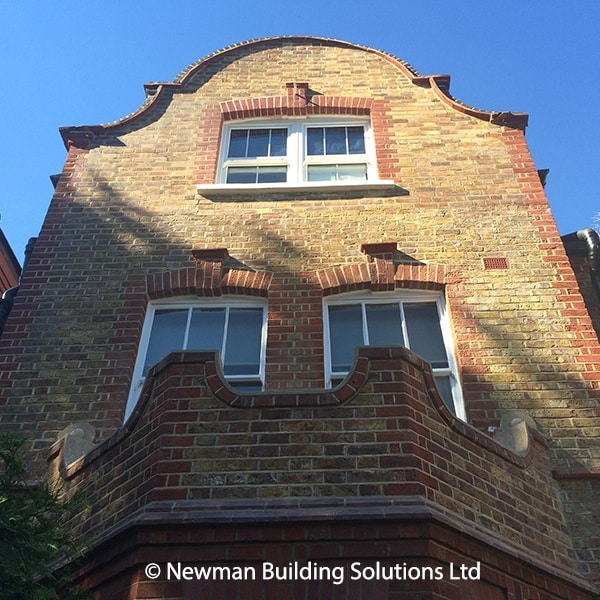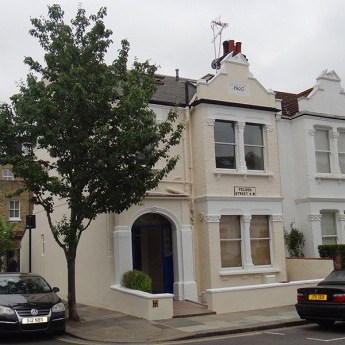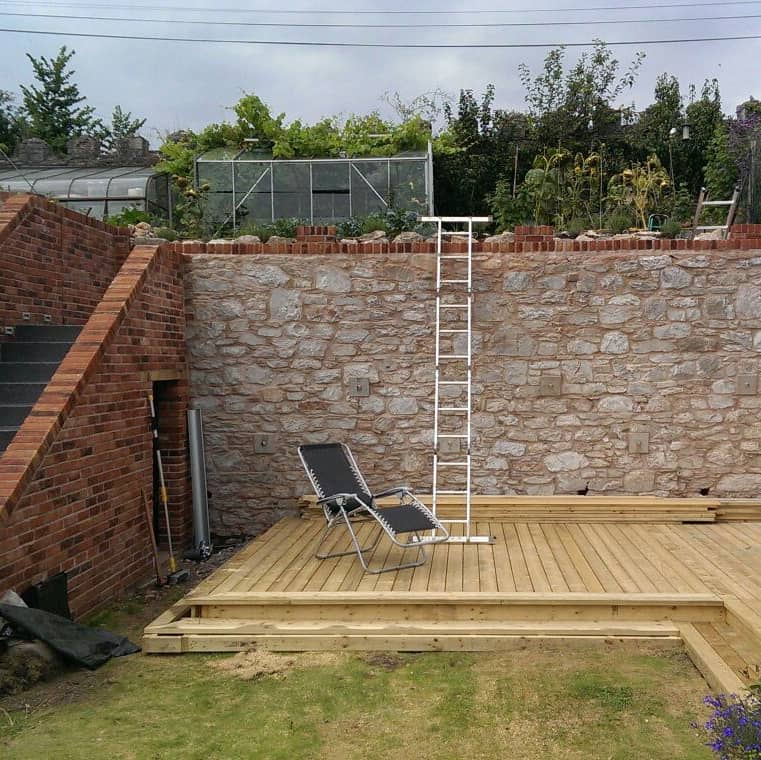Lintel Failure, Lintel Reinforcement, The Modern Way….
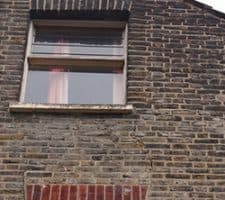
One of the most common causes of cracked brickwork in London is caused by Lintel Failure and around 75% of residential Structural Repairs that we carry out are to Reinforce Failed Lintels.

Lintel Failure leaves a crack pattern that is instantly recognisable by its distinct stepped Diagonal Crack which usually starts from one corner of the opening to the other.
Lintels are a vital structural component within the masonry as they support the weight above an opening and prevent the masonry from collapse. Failed Lintels impose serious structural defects and should not be ignored or cracks simply just resin injected and repointed which is the preferred choice of repair for many builders and DIY enthusiasts.
Traditional methods often involve the removal of the existing Failed Lintel and the installation of a new lintel often a concrete or catnic type lintel. This method of repair is not incorrect and will restore the structural integrity of the masonry but it can be costly, time consuming and disruptive.

Being a Twistfix Registered Contractor we have access to a technical library of Modern Methods of Repair and all of the reinforcement products we use have undergone BRE testing unlike the majority of other manufacturer’s products.
Lintel Stabilisation and Lintel Reinforcement using modern methods of repair is by far the fastest and least disruptive method of repair using a combination of Bed Joint Reinforcement, Grout Injection and Installation of Pinning Ties.
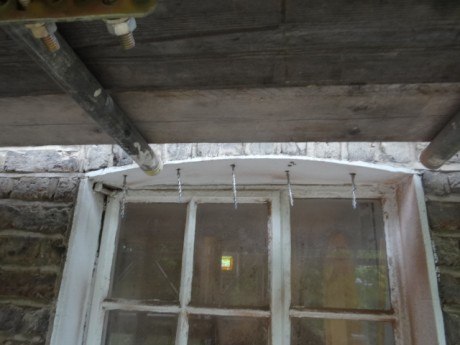
Bed Joint Reinforcement is a method used by Newman’s to essentially create lintels within the existing brickwork alleviating the requirement for remove and rebuild techniques. Helical wires are inserted in pairs above the Failed Lintel creating ‘beams’ which distribute the structural loads across the masonry and resist the downward forces which prevents any further cracking.
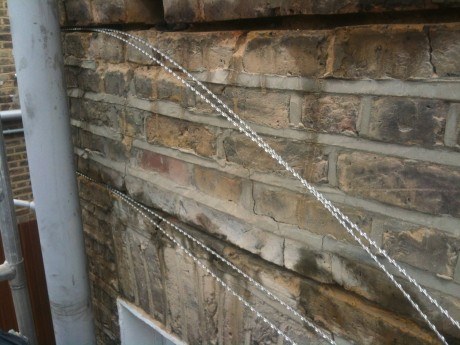
The installation of a Lintel Repair using this method is by far the quickest usually with one lintel reinforced within half a day and is also the most aesthetically pleasing way of repairing a lintel as the original features are left in place without major disruption.
